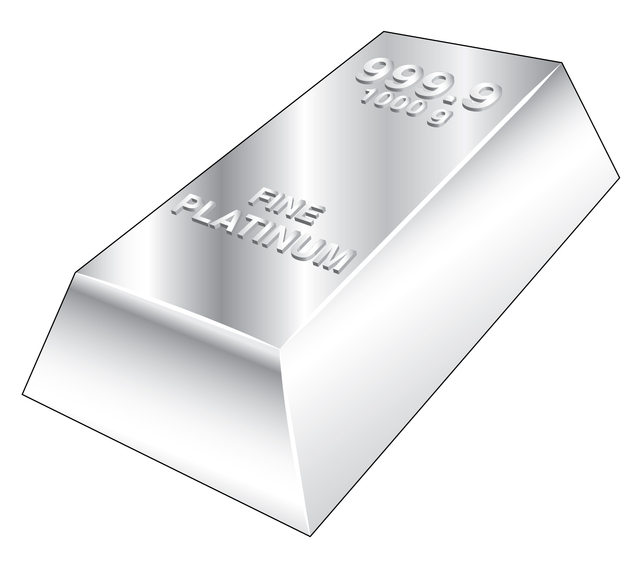
Platinum’s natural greyish-white color is similar to white gold, but not as silvery-white. Platinum is among the rarest and most expensive metals in the world. It is also one of the strongest and most durable metals known to man.
Platinum’s popularity for use in jewelry comes from its beautiful luster, resistance to tarnishing and its ability to move with force rather than break. When scratched, the metal is displaced, not lost, whereas a scratch on white gold causes minute bits of gold or rhodium to be lost. It is also denser than gold, making a piece of platinum jewelry heavier than if made from gold. It is ideal for jewelry worn every day because it exhibits little material loss, even after prolonged wear and is considered hypoallergenic.
Platinum was discovered by archaeologists as far back as the early Egyptians. Spanish explorers found not only gold, but some platinum when they reached the New World. Platinum, has a very high melting point, and was not routinely used in jewelry until the development of jewelry torches that could reach the high temperatures.

Platinum jewelry is rarely 100% pure platinum. In the US, to describe a metal product as a platinum alloy, it must contain at least 50% platinum. The other metals used to create platinum alloys include iridium, cobalt, palladium, copper and ruthenium, with iridium being the most popular alloy material. The most common platinum alloys used for fine jewelry in the US are:
- 90% platinum; 10% iridium
- 95% platinum; 5% iridium
- 95% platinum; 5% ruthenium
- 95% platinum; 5% cobalt
Generally, the higher the percentage of pure platinum, the higher the value of the jewelry. If an item is marked as platinum without any qualification, it must contain at least 95% pure platinum.
